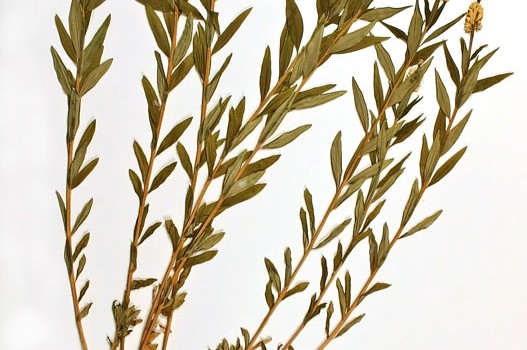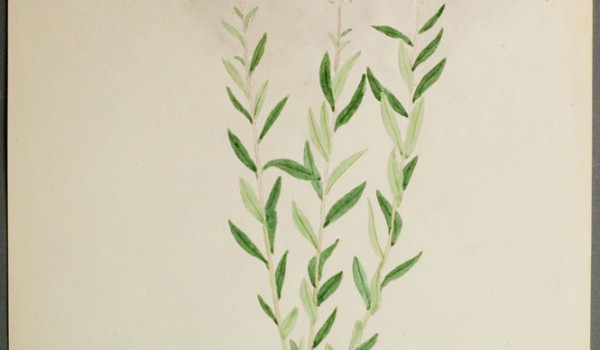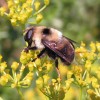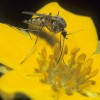Milkwort (Polygalaceae)
Seneca Snakeroot
Polygala senega L.When open, the white flowers of these small perennial plants have a bud-like appearance. Their pollinators are not well documented, however small to medium sized bees are known to visit for nectar and pollen. Due to the bitter taste of the foliage, plants are unlikely to be a major food source for mammalian herbivores. The roots were commonly used medicinally, which led to their being overharvested. Nowadays most commercially available Seneca Snakeroot is cultivated.
Flower Colour:
- White
Flowering Season:
- Spring
- Summer
Flowering Months:
- July
- June
- May
Canadian Rarity Status:
Not rare. Listed as “sensitive” in Alberta, Saskatchewan, and New Brunswick, and “may be at risk” in British Columbia and Quebec.
Physical Appearance:
One to several, unbranched stems grow 15-45 cm tall. The alternate, short-stalked leaves have a prominent central vein, and vary from small and scale-like at the bottom to larger and lance to oval-shaped further up. Very small flowers occur in a spike-like cluster, with the lower flowers blooming first. Each one has three white petals around the reproductive organs, two white petal-like sepals forming wings, and three light green to purple sepals. Fruits are somewhat flattened capsules containing two seeds.
Similar Species:
White Milkwort (Polygala alba Nutt.)
Gardening Notes:
Seeds and/or plants may be available from greenhouses and seed supply companies specializing in native plants.
Canadian Distribution:
- Alberta
- Manitoba
- New Brunswick
- Ontario
- Quebec
- Saskatchewan
Prairie Types:
- Fescue Prairie
- Tall Grass Prairie
Habitats:
- Lake Shores
- Open Woodlands
- Prairies
- Rocky Slopes
Moisture Conditions:
- Dry
- Moderate
- Moist
Light Preference:
- Full Sun
- Part Shade
Soil Preference:
- Calcareous
- Clay
- Gravel
- Loam
- Sand









 Flower Flies (
Flower Flies ( Mosquitoes (
Mosquitoes (